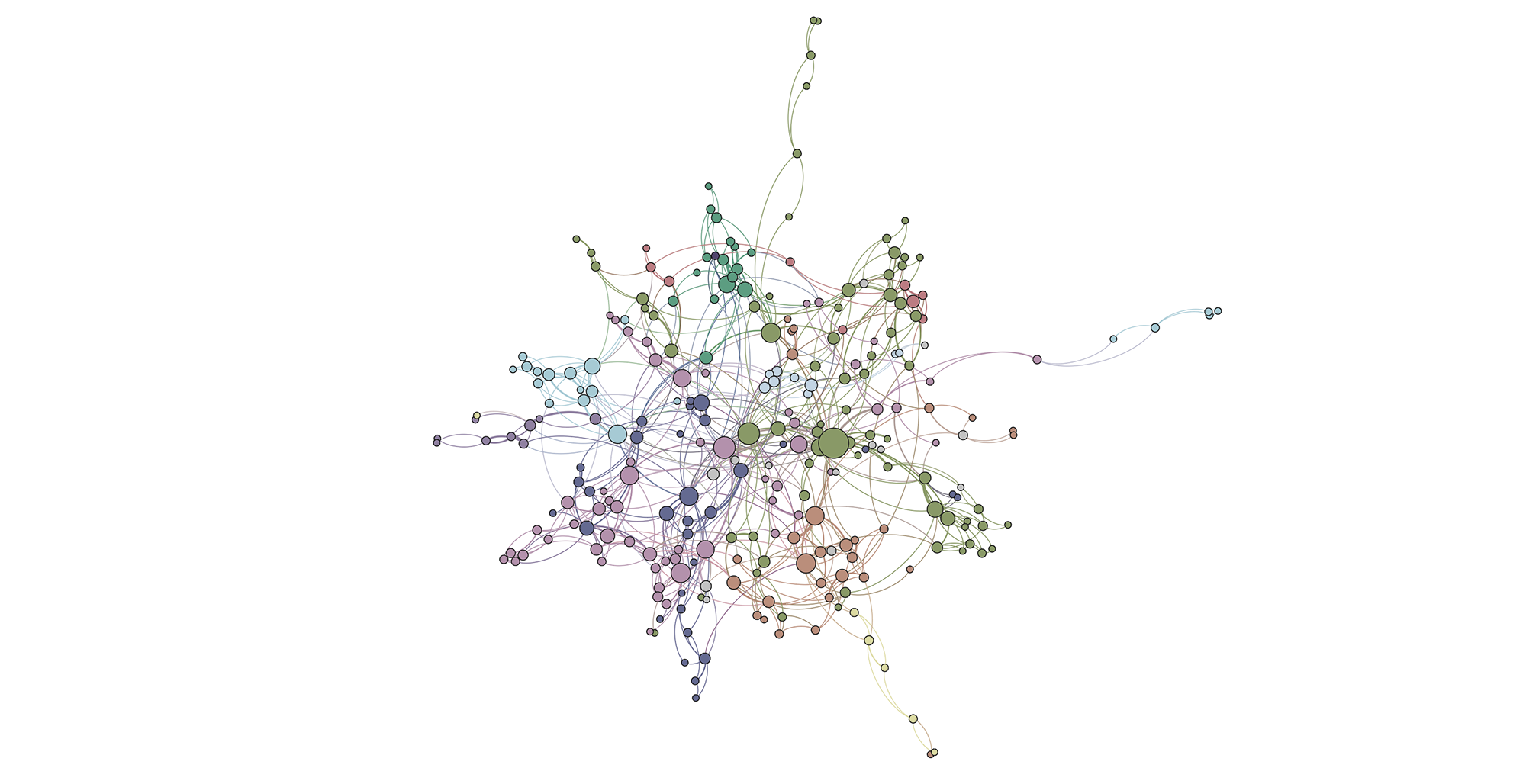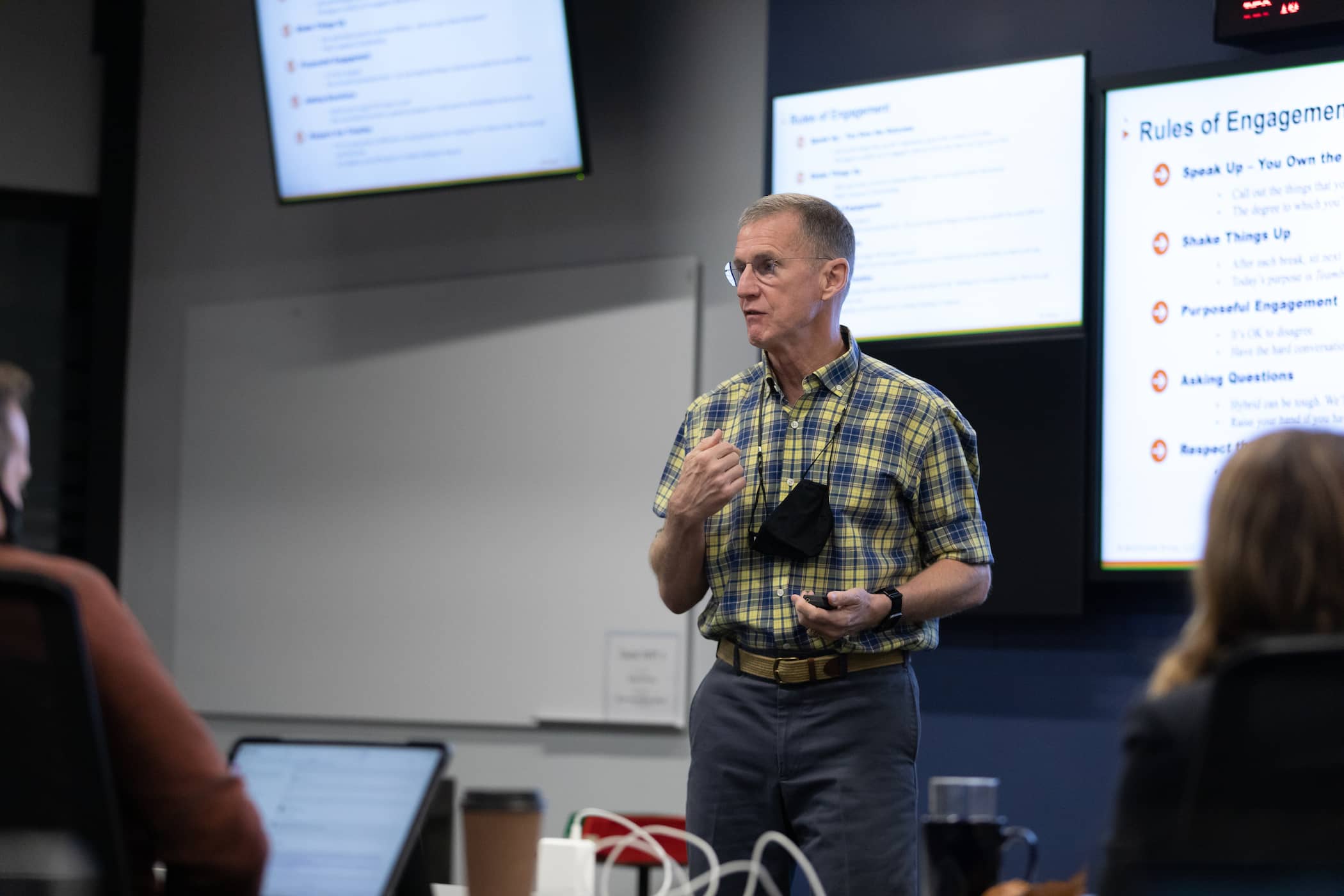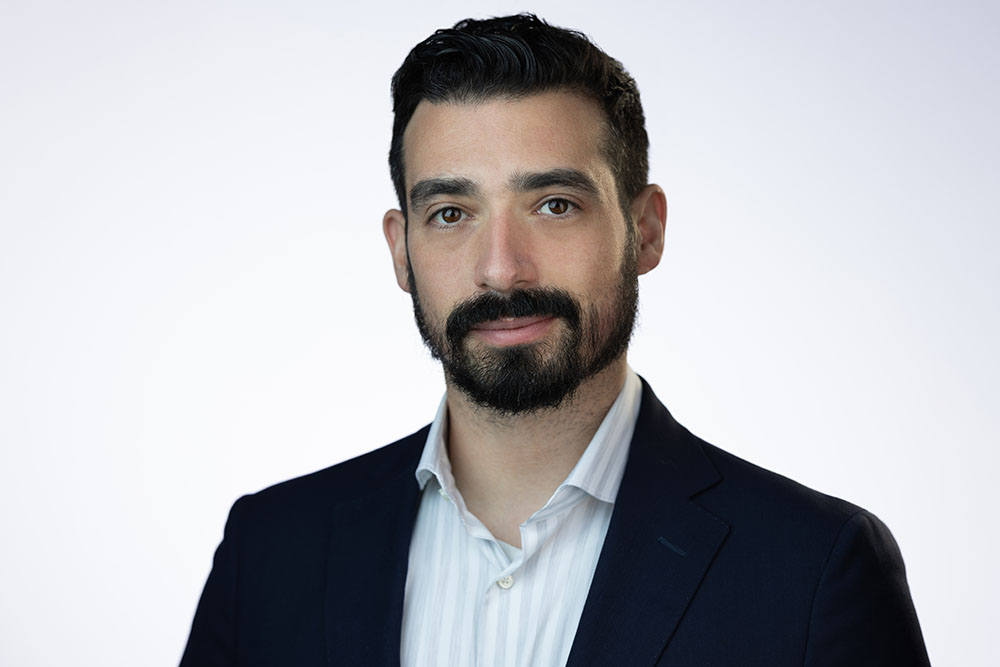As leaders mature in their roles, the transition from expert to executive is a critical but difficult change to manage effectively. Many leaders progress through the ranks of their organizations for their indispensable knowledge and expertise. They may have become the go-to resource for information management, functional training, and even onboarding of new hires due to their experience and tenure.
Executives must spend less time on the tactical details of the organization and focus on the bigger-picture strategic thinking and decision making.
Improperly balancing senior-level responsibilities with tactical-level problem-solving is a recipe for bottlenecking, slowing the rhythm and speed of execution for teams below. As a leader, recognizing the impact that this balancing act has on your organization is a crucial self-evaluation.
In our experience helping senior leaders navigate this transformation, McChrystal Group has observed several pitfalls that can leave executives time and energy constrained in a new leadership role. Similarly, an expert on standard processes may also fear that once they join the senior ranks, they won’t see how their efforts contribute directly to the mission day-to-day. But what leaders might consider operating “in the trenches” with the team can easily devolve into becoming “lost in the weeds” on very tactical issues. Executives who struggle with this aspect of priority management are more likely to slow decision-making processes for the organization.
Using McChrystal Group’s Organizational Diagnostic survey, we analyzed the responses from over 10,000 individuals from cross-industry teams over the past few years. Our findings support what many executives have long suspected. Namely, senior leaders who cannot spread their organizational process expertise to more appropriate levels will struggle to balance their time with strategic thinking more pertinent to senior levels. With this increased burden on their time, these same executives who maintain their subject matter expert roles are likely to become bottlenecks within their organization, especially for the strategic decisions or approvals perceived as belonging to senior leadership.

McChrystal Group’s research found that organizations with above average bottlenecking for decision-making among their senior leaders are 42% less likely to make decisions in time for effective execution. When executives are absorbed with tactical-level expertise, they are less effective in resolving strategic issues and making decisions that would otherwise provide support to the team. By contrast, companies who hold organizational process expertise among mid-level leadership or individual contributors experience no such increase in decision bottlenecks.
In 2019, McChrystal Group partnered with a philanthropic Foundation to help them update their strategies to better adapt to changes in their industry. Legacy leaders of the Foundation were known for their extensive fundraising experience and ability to build and maintain a pipeline of healthy contributions while also ensuring a positive donor experience. With this level of expertise in fundraising processes, senior leadership was consistently involved in efforts to drive information flow and inculcate the organization’s objectives into the day-to-day lives of its employees. However, leadership’s focus on short-term, tactical initiatives resulted in a complete lack of strategic guidance for the rest of the organization.
Since we’re down in the weeds, there’s a complete lack of strategy. We don’t know where we’re going and why. Sometimes we’ll know what we’re doing for the next few weeks.”
Without a clearly defined and widely-understood strategy, employees of the Foundation felt the need for constant access to senior leadership for guidance on translating the overarching vision into actionable plans. Prior to engaging with McChrystal Group, decisions at all levels of the Foundation were consistently escalated, as Foundation employees looked upward for approval rather than acting independently. Upon initial assessment, seven senior individuals accounted for 101 of the organization’s access needs, with respondents reporting the need for even more exposure to senior leaders for critical decisions, approvals, and strategic information.
Only 49% of employees agreed or strongly agreed that leadership within the Foundation respected the decisions that their teams made, reinforcing the need to seek additional approval by the senior leadership team.
Rather than feeling empowered to execute quickly, fundraisers and supporting staff elevated even tactical decisions to senior leadership, delaying action as they awaited approval. McChrystal Group worked with the Foundation’s leadership to align roles and decision-making responsibilities to provide more time for fundraisers to engage donors and require less time committed to leadership oversight.
Everyone is always trying to elevate their priorities up the chain- from big things to small, everything is pushed back up and then eventually comes back down… Even down to the fonts on letters and invitations.”
Considering these findings, activities that are considered an encroachment on senior-level time and talent can also double as a development opportunity for high potential managers or network influencers. In the aggregate study of our client database, the analysis revealed that when middle managers and individual contributors below the executive level hold the same process expertise as their senior-level counterparts, they are not at risk for becoming bottlenecks for the rest of the organization.
Identifying your network influencers and providing them with the authority to act independently is very important, especially with change management initiatives or cascading messaging to the rest of the organization. Network influencers are the key individuals who impact the organization due to expertise, authority, tenure, or ability to bridge disconnected functions. Often, these individuals are informally elevated to positions of influence by becoming the ones everyone turns to for great information or decisions. Looking at more than ten years of measuring organizational communication patterns, we found that almost two-thirds (64%) of network influencers are individuals who sit outside of senior-level positions, and up to 10% of them are frontline individual contributors within the organization. These are the people who will help influence the rest of your organization.
Within the context of the foundation, leaders needed to give direct attention to the employees and their development. To address gaps in communication flow and eliminate bottlenecking at senior levels, McChrystal Group partnered with leadership to identify critical network influencers and assign them as owners to new sets of decisions, emphasizing the need to delegate downward to the greatest extent possible. By empowering the organization’s network influencers, the foundation enhanced communication, increased accountability, and unleashed the ability for lower levels to operate more quickly. Additionally, leadership decided to implement more consistent processes such as a communications forum to streamline access needs to senior leaders and provide the executive level with bottom-up information updates on a more regular cadence.
Solutions
As you progress into a leadership role, the way that you spend your time and leverage your expertise will change. Leaders should be spending their time addressing the issues that have the greatest impact on the company’s long-term value. If your expert position keeps you ‘in the weeds’, you need to advocate for the growth and development of high-potential influencers and focus more on the strategic level. Companies that are successful at transitioning experts to executives employ disciplined processes to elevate leaders to fill the roles that are being vacated
One way to do this is by designing a communication forum that pulls together critical stakeholders on a regular cadence to highlight expertise and alleviate the tactical burden on leadership. A forum like this serves as a hub for information sharing for cross-functional teams, enabling leaders to integrate and support when their insight is necessary. In addition, regularly disseminating information to the lower levels of the organization ensures that tactical teams do not have to elevate needs to the top levels of the company. Instead, inclusive and collaborative forums help provide context and input from leaders directly, formalize expectations, and allow influential individuals to offer support when needed.
Appropriately shifting your scope of influence from a smaller, more functionally-focused team to one organization-wide will take practice. While leaders are often experts in their field, time becomes a constrained resource for leaders who mismanage the transition from subject matter specialist to strategist. For all levels of your organization to operate with clarity, you must be continuously focused on cultivating the long-term direction while providing opportunities for effective mid-level leaders to grow into expert roles.





